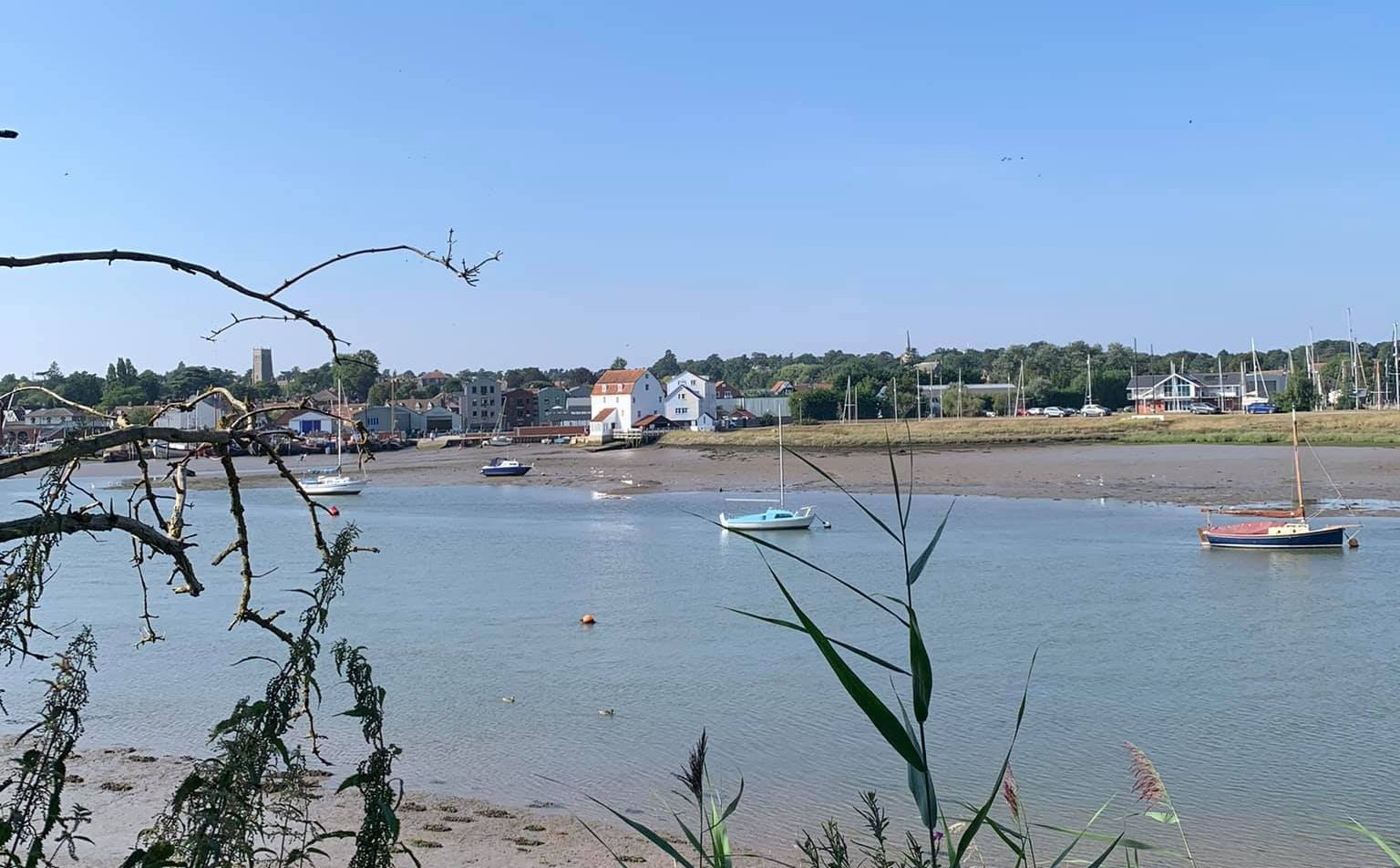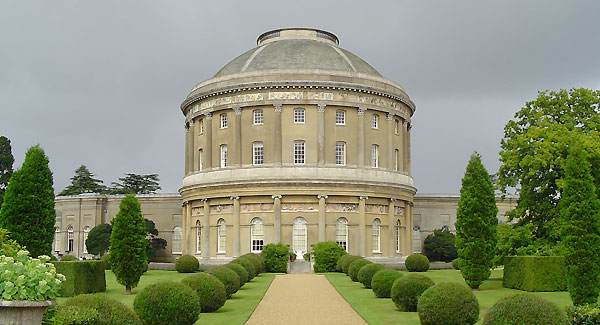| Saxmundham, or Sax as it is known to the locals is an historic market town. Once sitting on the busy A12 it is now bypassed and lays on the righthand side of the main road about 20 miles North-East of Ipswich.
The Bell Hotel on the High Street was a staging post for the London to Great Yarmouth road, the inn was rebuilt in 1842-3 making it the last coaching inn to be built in England. In addition to being well-situated for the A12 the town also is on the rail link to Ipswich and thus London. These links have prompted increased house building in the area in recent years which help to maintain Saxmundham as a busy market town. Not much is know of the town’s origins, although it’s name does give rise to an Anglo-Saxon connection and the Concise Oxford Dictionary of English Place-Names gives the name as “Seismund’s-ham”, a settlement of an otherwise unknown Saxon King or warlord perhaps. The town is recorded in the Little domesday Book of 1086 and throughout the years the spelling of the town has ranged from Samundeham, Sasmundeham, Sasmundesham, Saxmondeham thru to current spelling of Saxmundham. The parish church, St. John the Baptist contains a unique tombstone featuring sunken, and very accurate, sundial. Many of the buildings on the High Street and Market Place are the same as they were in the early 1900s. Saxmundham has a weekly market day on Wednesday’s. Once a thriving farming community, livestock markets took place on the second and fourth Wednesdays of each month until 1977. To the south-east of the town stands a neo-Elizabethan mansion of 1893, Hurts Hall, rebuilt after the original was destroyed by fire in 1890. It was home to the Long family who were plantation and slave owners in Jamaica. |
Saxmundham
Related Posts
Woodbridge
Situated on the Deben Estuary. Once an important shipbuilding town Woodbridge centre retains it’s old worlde charm. The white weather-boarded Tide Mill, now fully restored and in working order, sits…
Bury St Edmunds
Behind the faces of the many Georgian looking buildings in Bury St Edmunds are houses of the 17th Century and earlier. Much of the town dates from the period 1750-1850.…


